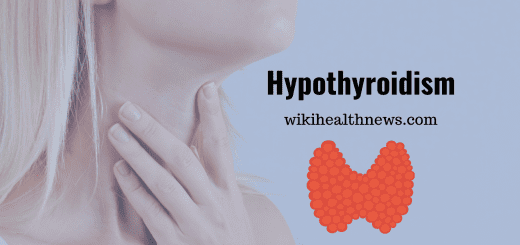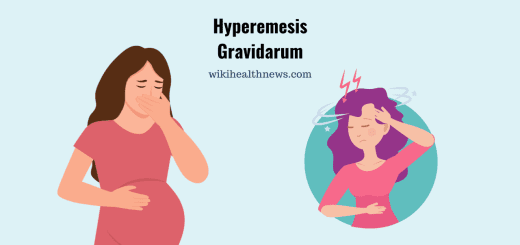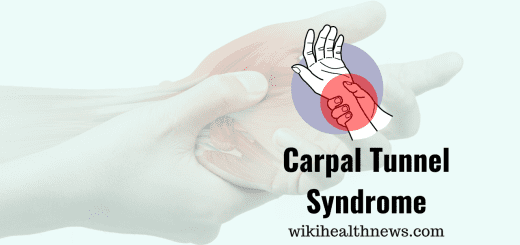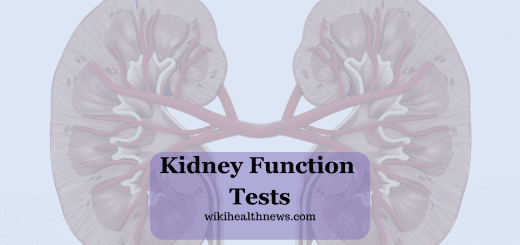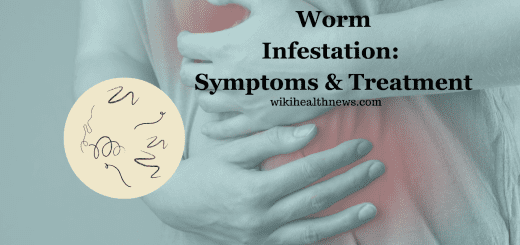Types Of Eating Disorders
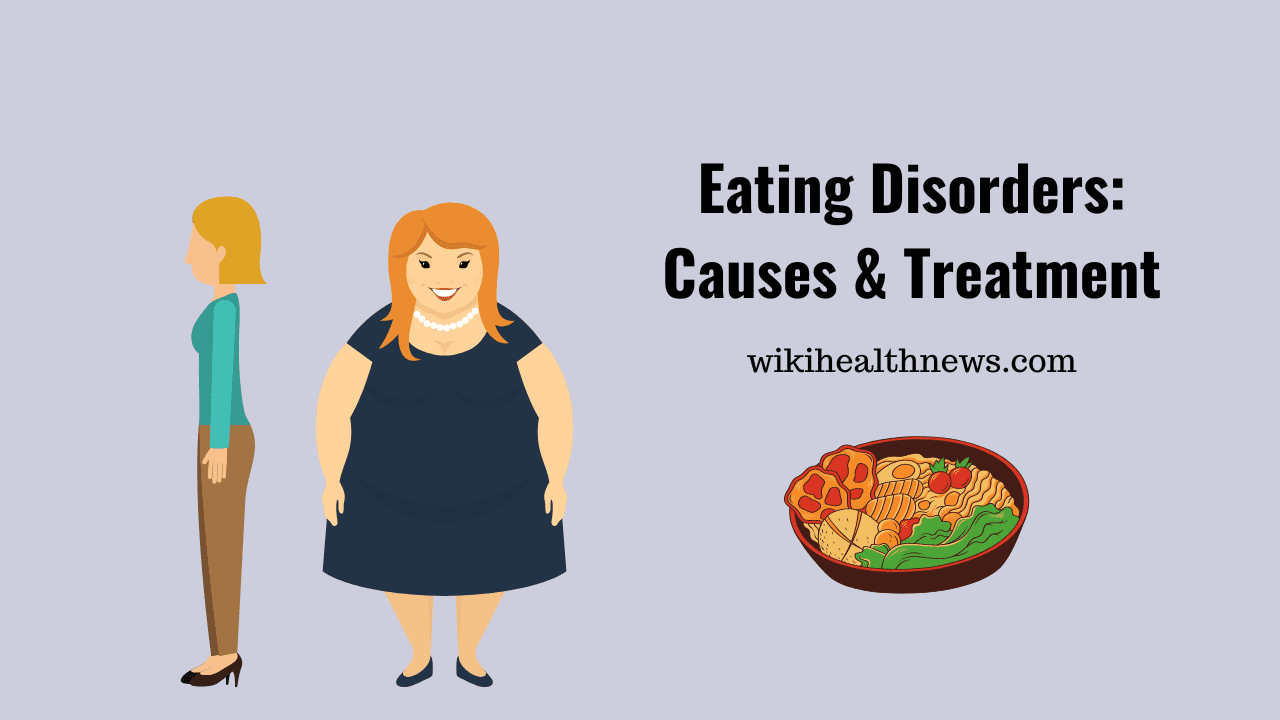
Eating disorders can be of many types. Anorexia nervosa, bulimia nervosa, binge eating disorder, and atypical eating disorders are the common types. Various factors can precipitate these disorders like biological, psychological, developmental, and sociocultural risk factors. These diseases are most commonly found in adolescents and young adults. Any disturbances in eating habits like excessive eating or insufficient intake are called eating disorders.
Anorexia Nervosa: It is a constant attempt to maintain body weight below minimally normal weight and commonly seen in young girls. Usually intense fear of weight gain in girls having wrong perception of body weight leads to this situation. Even though they are underweight they tend to eat less. It may accompany loss of menstrual cycles in girls and women.
Bulimia nervosa: It is a recurrent binge eating disorder followed by repeated purging. These women practice excessive exercise, or prolonged fasting at least two times per week for three months. Excessive concern about weight or shape is common in these women.
Binge eating disorder (BED), it is a type of feeding and eating disorder which is now recognized as a diagnosis.
BED affects almost 8-9% of population worldwide and can cause added health issues linked to diet, namely high cholesterol levels and diabetes.
Patients develop this disorder in way to deal with other deep issues or any psychological condition like depression or anxiety.
SYMPTOMS
- Individuals with BED may consume a lot of food short time period, even if they are not hungry. Emotional stress or distress often plays an important role and may trigger binge eating.
- An individual might feel a sense of relief while binging but may experience feelings of shame or loss of control afterward.
- Three or more of the following symptoms must be there to diagnose bed:
- Eating much more faster than normal
- Eating up to uncomfortably full
- Consuming large amount of food without feeling hungry
- Eating solo due to embarrassment and shame feeling
- Guilt or disgust feeling with themselves.
- Individuals with BED mostly experience extreme unhappiness and distress about their excess eating, body shape and weight.
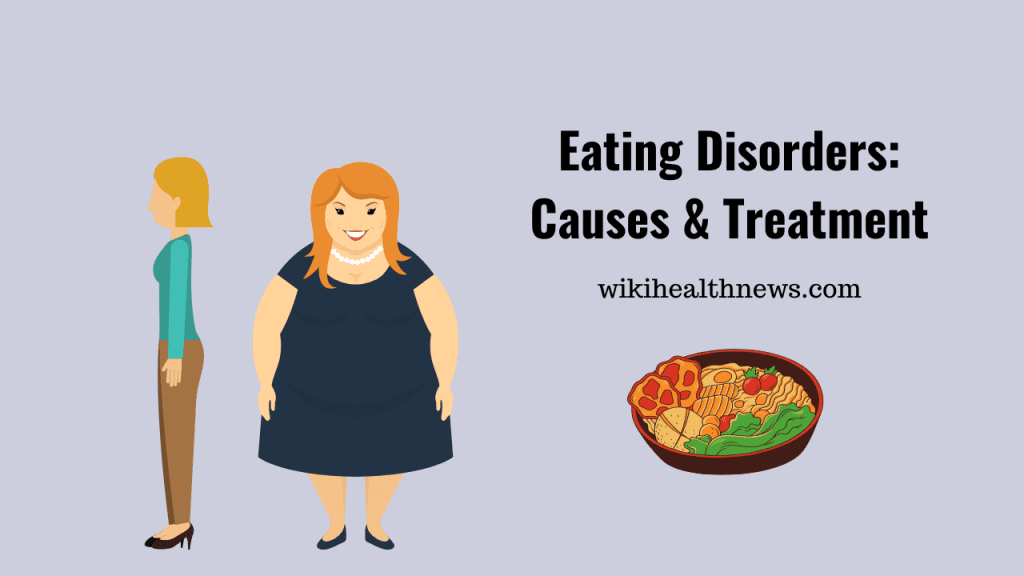
Causes Of Eating Disorders
The causes of BED are likely due to a variety of risk factors which includes:
- Genetics: People with this disorder might have increased sensitivity to dopamine, and also has evidence that BED is inherited.
- Gender: It is more common in females than in male population due to underlying biological factors.
- Changes in the brain: There are indications that people may have changes in brain structure which results in a increase response to food and reduce in self-control.
- Body size: Almost 50% of population has obesity. Weight related problems may be both a cause and result of the disorder.
- Body image: People mostly have a very negative body image. Body dissatisfaction, dieting and overeating contributes to the formation of the disorder.
- Emotional trauma: Risk factors include stressful life, such as abuse, death, separation, accident.
- Other psychological conditions: Almost 80% of people have at least one psychological disorder, such as phobias, depression, post traumatic stress disorder, bipolar disorder, anxiety or substance abuse.
Health risks of Binge eating
- Binge eating is associated with several physical, emotional and social health risks.
- The disorder is an independent risk factor for weight gain and in developing obesity.
- The most common risk factor is obesity that increases the risk of heart disease, stroke, type 2 diabetes and cancer.
- Other health related risks associated with BED include sleeplessness, chronic pain, asthma and irritable bowel syndrome (IBS).
- In women, this condition is associated with risk of fertility problems, pregnancy complications, and development of polycystic ovary syndrome (PCOS).
Treatment for BED
- The management for BED depends on the etiology and severity of eating disorder.
- Treatment for target binge eating behaviors, excess weight, body image, mental health issues takes place.
Cognitive behavioral therapy
- Cognitive behavioral therapy mostly focuses on examining the relationships between negative thoughts, feelings and behavior that is related to eating, shape and weight.
- Interventions include setting of goals, self-monitoring, to achieve regular meal patterns, changing thoughts about themselves and body weight and to encourage healthy weight-control habits.
- Self-help Cognitive behavioral therapy has been shown to be an effective alternative to traditional Cognitive behavioral therapy.
Interpersonal psychotherapy
- Binge eating is a coping mechanism for unresolved personal difficulty such as misery, relationship conflicts, notable life changes or underlying social issues.
- Goals is to recognize the specific problem linked to negative eating behavior, admit it and then makes productive changes over 12–16 weeks.
- It is effective for people with more severe forms of binge eating and those with lower self-esteem.
Dialectical behavior therapy
- Binge eating is an emotional reaction to negative experiences that the person has no other way to cope up with.
- In DBT it teaches people to manage their emotional responses so that they can cope up with negative situations in day to day life without binging.
- Four key areas of treatment are mindfulness, distress tolerance, emotion regulation, and interpersonal effectiveness.
Weight loss therapy
- Behavioral weight loss therapy helps people lose weight, which may reduce binge eating behavior by improving self-esteem and body image.
- Weight loss therapy might help in improving body image and reduce weight and the health risks that is associated with obesity, it is not as effective as CBT or IPT at stopping binge eating.
- This therapy helps to achieve only short-term, moderate weight loss.
Medications
- There are no medications that are not as effective at treating BED as behavioral therapies.
- Treatments include antidepressants,, antiepileptic drugs like topiramate, and drugs used for hyperactive disorders, such as lisdexamfetamine
- It may reduce symptoms of depression, appetite, obsessions, and compulsions.
- The most common treatment side effects includes headaches, stomach problems, sleep disturbances, increased blood pressure and anxiety.
How to overcome binging
- Keep a food and mood diary
- Practice mindfulness.
- Find someone to talk
- Choose healthy foods
- Start exercising.
- Get enough sleep
Binge Eating Disorder: Triggers
Binge Eating Disorder is more than just overeating every now and then. Symptoms of BED include:
- Eating large amounts of food rapidly, within a short span of time
- Consuming when not hungry too
- Regularly eating solo or in secret
- feeling that they are not in control of eating patterns
- feeling depressed, ashamed, or disgusted with eating habits
Untreated, BED may cause severe side effects. Which includes:
- High cholesterol
- High blood pressure
- Heart disease
- Gastro esophageal reflux disease (GERD)
- Type 2 diabetes
- Sleep apnea
- Gallbladder disease
Psychological side effects include:
- Bipolar disorder
- Depression
- Body dysmorphic disorder
- Anxiety
Emotional Triggers
Triggers that lead to emotional eating include:
- Stress and anxiety
- boredom
- childhood habits or trauma
- social eating
Environmental Triggers
Environmental triggers are things in environment that makes an individual want to eat.
Read more
